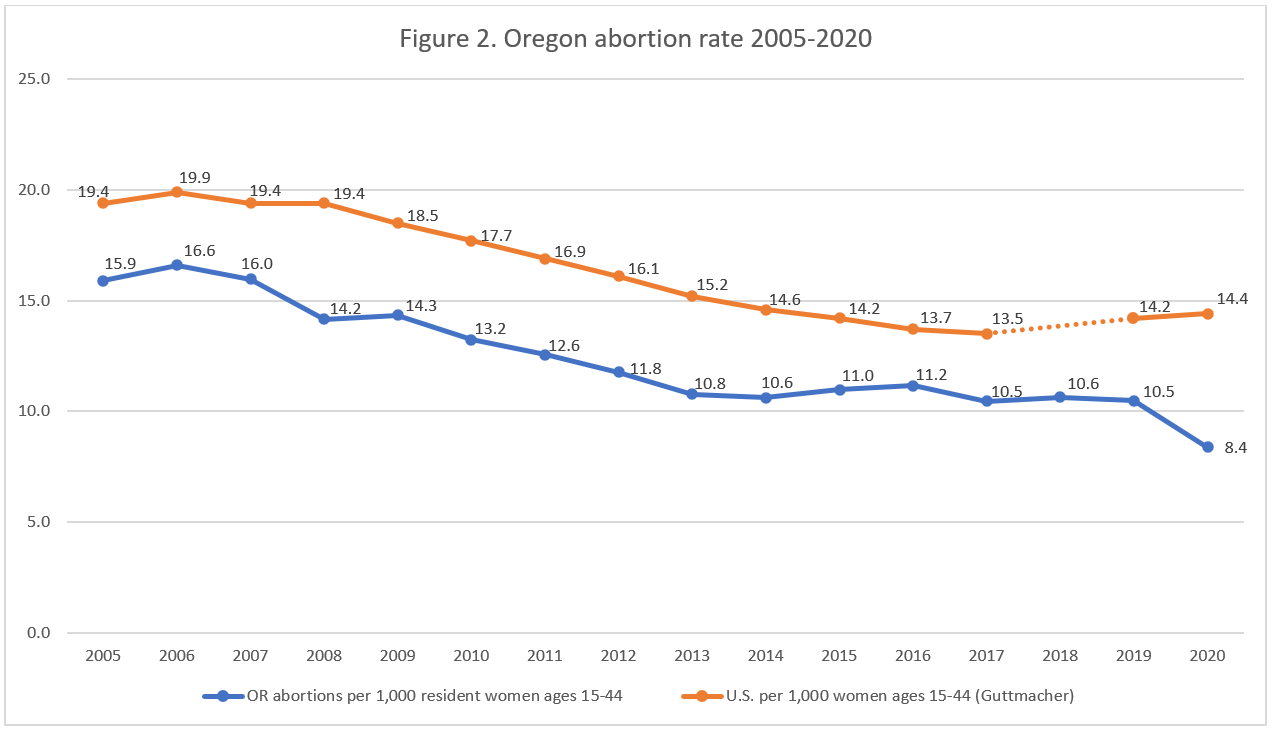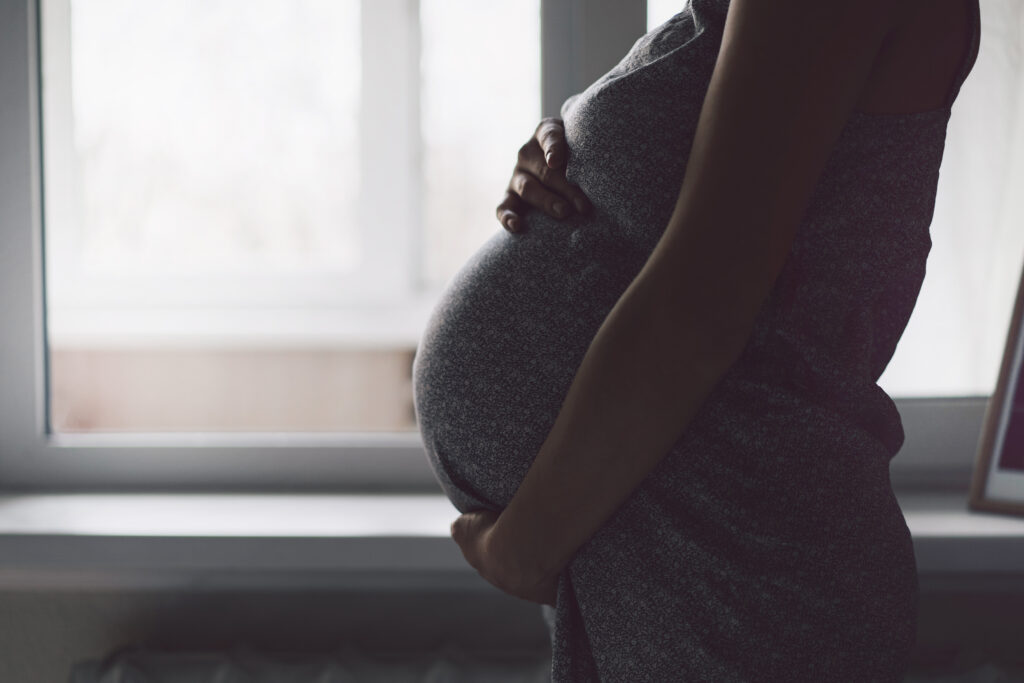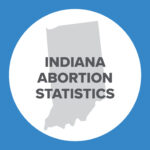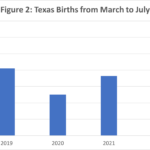Abortion Reporting: Oregon (2020)
* Updated with the correct version 11/21/2022
Oregon’s abortion statistics for 2020 were published in August 2022 on the state’s Induced Abortion Dashboard run by the Oregon Health Authority’s Center for Health Statistics. During 2020, reported abortions in the state declined from 2018 and 2019. Charlotte Lozier Institute (CLI) did not publish reports on Oregon’s 2018 or 2019 abortion data because the Oregon Health Authority was transitioning abortion statistics to the interactive dashboard. Data from 2018 and 2019 can be found on the dashboard.
Statistics and Changes in Oregon Abortions, 2019-2020

This report does not include information on Planned Parenthood’s Oregon abortion market share.
Abortion Totals and Trends
A total of 6,991 abortions were reported in Oregon in 2020, a decrease of 20 percent from 2019 (Fig. 1). Abortions have fallen by 55 percent from 1980, the year Oregon’s abortion reporting system took effect. There were 4,102 chemical abortions in 2020, a drop of nine percent from 2019. However, chemical abortions have increased by 421 percent since 2001, the first year after the Food and Drug Administration approved the use of mifepristone, the most common abortion drug. The Charlotte Lozier Institute estimates that Oregon’s abortion rate decreased 20 percent from 10.5 abortions per 1,000 resident women in 2019 to 8.4 in 2020 (Fig. 2).
State Report Summary
Ninety percent of the abortions reported in Oregon were performed on state residents. Ten percent of the abortions were performed on girls ages 19 or younger, including 20 on girls less than 15 years old (0.3 percent of the total number of abortions). Fifty-six percent were performed on women in their twenties, dropping to 30 percent on women in their thirties and five percent on women age 40 or older.
Oregon reports abortions by race, but because more than one race may be selected on the abortion reporting form, the figures for each race do not add up to one hundred percent. Seventy-four percent of abortions were performed on white women, and eight percent on African American women, although some of the women may have been multiple races. Five percent of abortions were obtained by Asian women and three and one percent were obtained by American Indian/Alaskan Native and Native Hawaiian/Pacific Islander women, respectively. Seven percent of women who obtained abortions in 2020 reported their race as “other,” and race was unreported for four percent of abortions. Twenty percent of the abortions were performed on Hispanic women of any race. Overall, Oregon’s population of women of childbearing age is predominantly white: white women make up 84 percent, while African American woman make up only two percent of the population. CLI estimates that the black abortion rate (27.7 abortions per 1,000 women ages 15 to 44) was nearly four times higher than the white abortion rate (7.4).
Nineteen percent of the abortions reported in Oregon were performed on women who were married, separated, or in a domestic partnership. Seventy-two percent were performed on unmarried women, and for 13 percent the marital status was unknown. Just over half (52 percent) were on women with no living children. Twenty percent had one child, and 28 percent had two or more. A majority of abortions were performed on women who had never had an abortion before; 63 percent had no previous abortions. Twenty-two percent had one prior abortion, and 15 percent had more than one.
A little under a third (30 percent) of the abortions occurring in Oregon were performed on women who reported using contraception at the time they became pregnant. Sixty-four percent of the abortions were performed on women who were not using any contraception, while six percent did not report whether they used contraception.
Ninety percent of reported abortions were performed in the first trimester. Seventy-five percent occurred earlier than nine weeks gestation, and 15 percent occurred between nine and 12 weeks. Six percent were performed between 13 and 16 weeks and two percent between 17 and 20 weeks. Fifty abortions were performed between 21 and 22 weeks of gestation – more than halfway through the pregnancy, well past the gestational age when babies can feel pain. Sixty abortions were performed at 23 weeks or later. Gestational age was not reported for 25 abortions. Oregon has no limits on how late in pregnancy an abortion may be performed.
Abortion-Related Complications
In 2020, abortions at later gestational ages had the highest rates of reported complications.1 Of the abortions performed at eight weeks of gestation or earlier, 4.1 percent resulted in complications. Abortions performed between nine and 12 weeks also resulted in complications four percent of the time. This increased to 5.2 percent for abortions at 13 to 16 weeks and 5.6 percent for abortions at 17 to 20 weeks. Six percent of the abortions performed between 21 and 22 weeks of gestation led to complications, and13.3 percent of abortions at 23 weeks or later resulted in complications. These trends correspond with findings that the risk of complications increases with gestational age.
The most frequent type of complication was retained products, occurring 99 times and accounting for 32% of total complications. Failure of first method was the second-most common complication, occurring 55 times. There were 12 cases of hemorrhage, 10 of infection, and one case of cervical laceration. Sixty-two women had multiple complications and 69 had other, unspecified complications.
State Ranking
Oregon’s abortion reports tied for 13th place in a 2016 Charlotte Lozier Institute study of abortion reporting that ranked the 50 states, the District of Columbia, and New York City. Oregon could be more transparent in its reporting, including data it already collects, such as the facilities where abortions take place and previous miscarriages experienced by women who undergo abortions. Oregon could also collect and report information on the methods of payment used to fund abortion, as well as women’s reasons for choosing abortion. Oregon could also require that all healthcare providers, including emergency rooms, report any abortion complications they treat.


- Statistics on abortion complications reported here represent a minimal number of deaths and complications, as this data is collected in a non-systematic and non-verifiable way. As such, this data cannot be used to calculate either an accurate abortion mortality rate, nor an accurate abortion complication rate for the state.
- Oregon’s abortion rate is calculated using the following formula: (all abortions performed on women ages 15-44 and women of unknown age ÷ resident women ages 15-44) x 1,000. Estimates for 2005-2009 are intercensal estimates of the July 1 resident population. Estimates for 2010-2020 are Vintage 2020 postcensal estimates of the July 1 resident population. Estimates were produced by the U.S. Census Bureau and the National Center for Health Statistics.




























